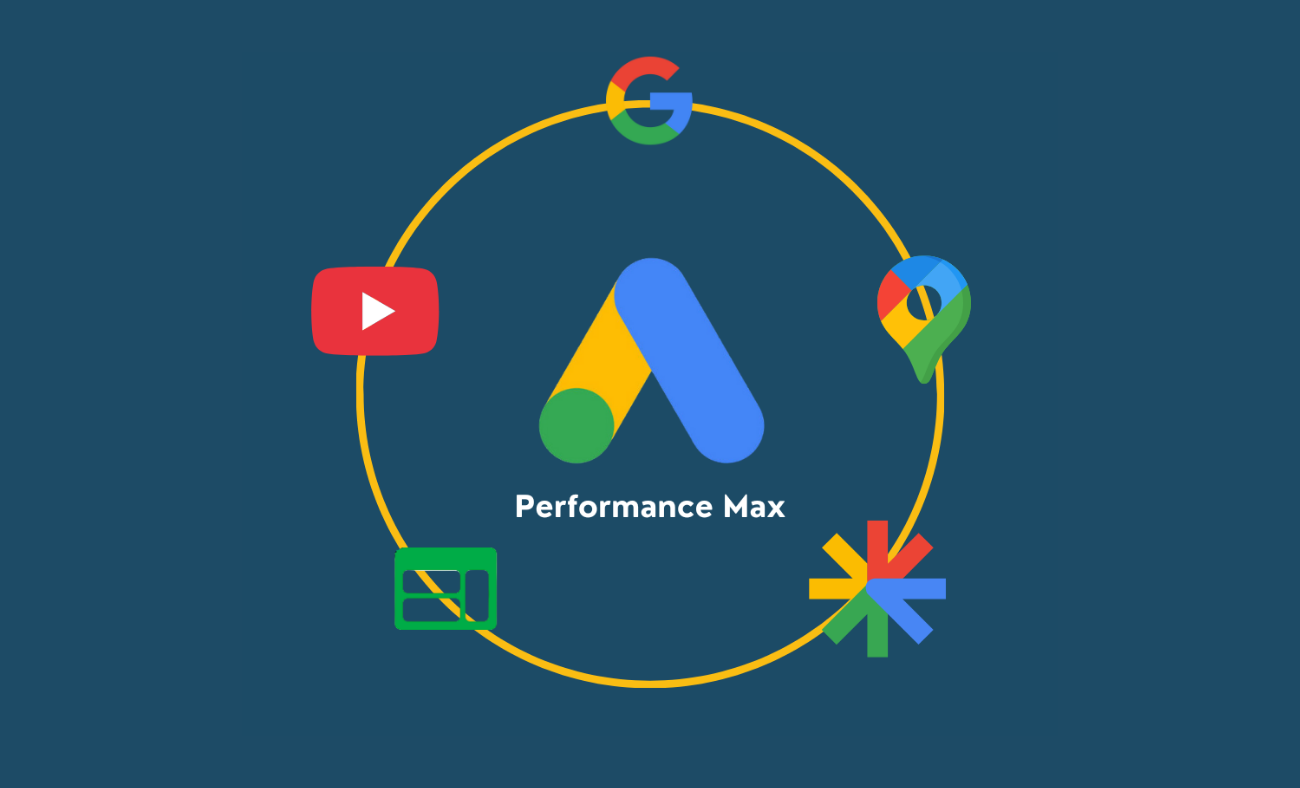What is it?
Google has rolled out a Channel Performance Report for Performance Max campaigns (currently in beta). This is a reporting tool inside Google Ads that lets advertisers see how their Performance Max campaigns are doing across Google’s multiple channels and how each channel contributes to your conversion goals.
Key components include:
- Performance summary: overall metrics (actual vs. target ROAS or CPA; interactions; conversions; cost; conversion value).
- Channels-to-Goals chart: visual view of how different channels contribute to the goals you’ve set.
- Channel distribution table: a more detailed breakdown of metrics per channel, including diagnostics and status per channel.
Also useful: filters and segments by “ads using product data,” “ads using video,” or “all ads”; and conversion type vs. “results” (which captures all goal types) vs. only those you’re optimizing toward.
Why it matters / What’s improved
From Track Digital’s perspective, this beta offers several promising gains:
- Better transparency across channels.
Before this, Performance Max campaigns were more of a black box in terms of which channels were doing the heavy lifting. With this new breakdown, advertisers can see which channels are driving conversions (or underperforming) toward specific goals. That helps in optimization, budget allocation, and creative planning. - Actionable diagnostics.
The status and diagnostics column alerts you if a channel is “Not eligible,” “Eligible (Limited),” or “Eligible,” along with reasons (missing assets, policy limitations, budget constraints, product feed issues, etc.). For example, you might discover that a channel isn’t showing because you haven’t provided a video asset, or your feed has disapproved products. That can help fix what’s broken. - Segmenting and filtering for deeper insight.
You can slice data by various segments (channel, format, conversion category, etc.). You can also filter to see “ads using product data” vs. “ads using video.” This helps identify which creative types, formats, or channels are performing best or worst. - Optimization leverage.
With this information, advertisers can adjust asset groups, budgets, pauses, exclusions, or creative mix. You can better decide where to push more, where to fix, or perhaps where to pull back.
Potential limitations / What to watch out for
Of course, as a beta, there are caveats. From our view, here are places to be cautious:
- Lag or partial data / coverage gaps.
Being a beta, not all data might be perfect. Some channels or formats might have less data or delayed updates. - Budget and bidding behavior is still dominated by Google’s automation.
Performance Max optimizes across channels to maximize results, given your goals and budgets. Sometimes some channels may appear “not spending” not because they’re broken, but because the algorithm is prioritizing other inventory with higher expected ROI. - Asset and feed dependencies.
If you’re missing certain creative types (video, image, product feed components), your performance, or channel eligibility, may be constrained. Diagnostics will call this out, but fixing that may require additional resource investment. - Attribution and conversion definitions still matter.
The report uses whatever attribution models you’ve defined, but sometimes offline conversions or cross-channel lag can distort short-term readings. Also, “results” includes all conversion goals (not only those you optimize toward), which can inflate or muddy comparisons if you’re not careful. - No per-location store-level breakdown in this report.
If you have many physical locations or offline conversions tied to specific stores, the report sums these in “total conversion” rather than slicing them by store.
What Track Digital recommends you do (if you run Performance Max)
To make the most of this new capability, here are our suggestions:
- Enable and explore right away
If you have Performance Max campaigns, flip on this reporting (if available). Dive into each campaign and see which channels are performing, underperforming, or not participating. - Audit your creative and assets
Make sure you have all assets required: video assets, image assets, product feed set up properly, etc. Where diagnostics flag missing or disapproved assets, prioritize fixing these as they may unlock channel eligibility or improve performance. - Set expectations and monitor over time
Don’t overreact to early data. Patterns will emerge over time; short-term fluctuations are normal (especially with algorithmic bidding and channel selection). - Use segments and filters to surface insights
Compare “ads using product data” vs. “ads using video,” filter by conversion vs. results, and see where ROI is strongest or costs are creeping up. - Budget rebalancing and exclusions
If you find a channel is consistently underperforming (or has limited eligibility), consider reallocating budget elsewhere, excluding or reducing emphasis on certain channels, or pausing assets that aren’t working. - Measure downstream and holistic impact
Don’t forget off-Google conversion paths, store visits, or brand lift. Use this report as one piece of your broader measurement stack.
Final Thoughts
This Channel Performance Report (beta) is a welcome step from Google toward more clarity in Performance Max campaigns. For many advertisers, a big challenge has been not knowing where their spend is going (which channels and formats) and why certain channels aren’t contributing, or are underperforming.
For Track Digital clients, we see this as an opportunity to sharpen campaign diagnostics, improve feedback loops (creative, feeds, assets), and make smarter budget allocations. If you’re running Performance Max, take advantage of this beta to better understand where your budget is working hardest.

